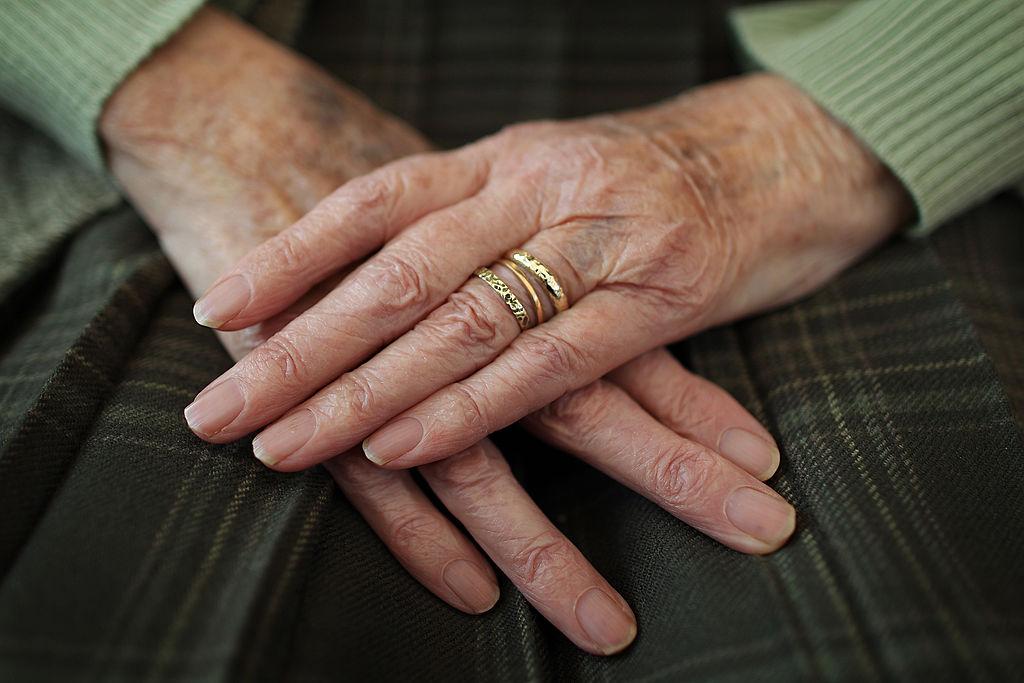Commentary
Supporters of voluntary assisted dying (VAD) are keen to push New South Wales (NSW) across the final frontier of euthanasia legalisation as quickly as possible.

Supporters of voluntary assisted dying (VAD) are keen to push New South Wales (NSW) across the final frontier of euthanasia legalisation as quickly as possible.